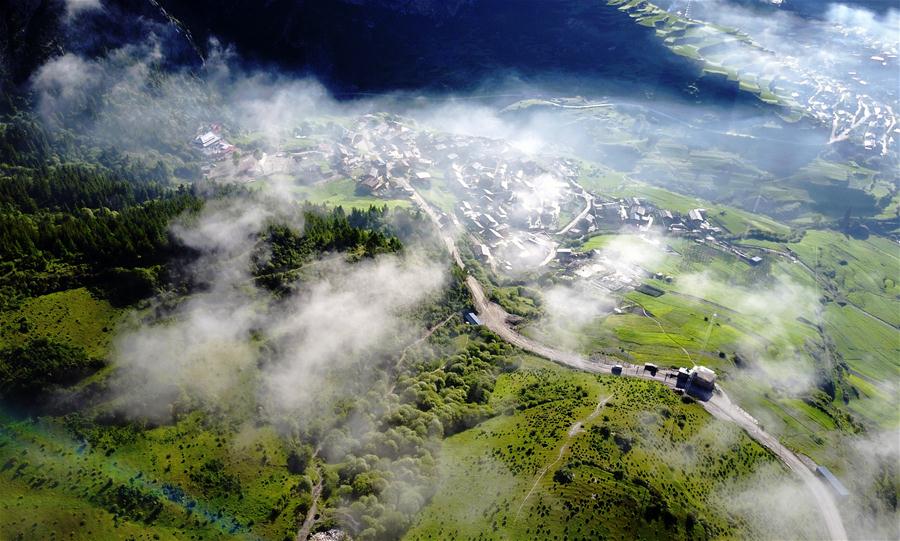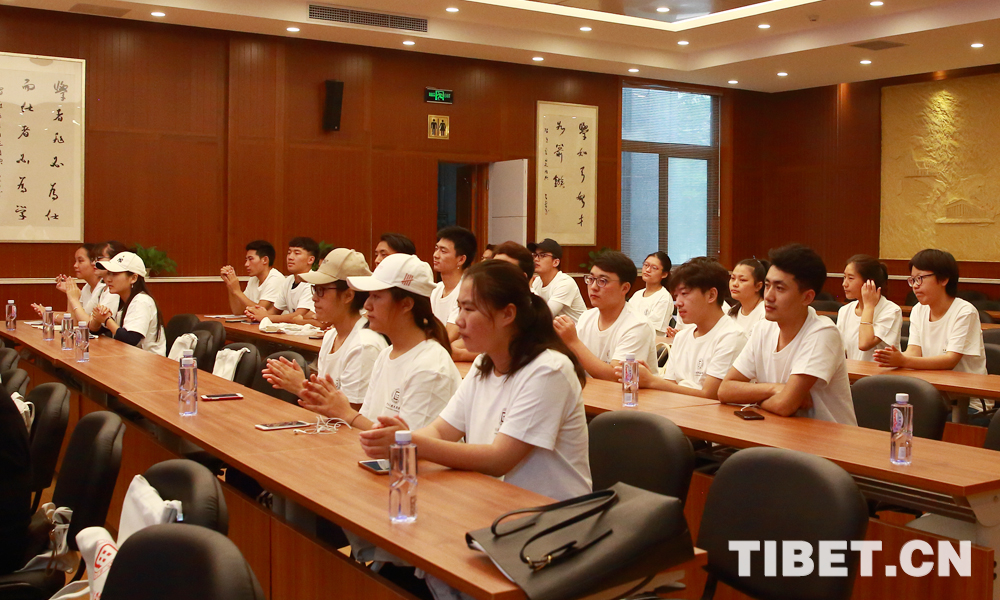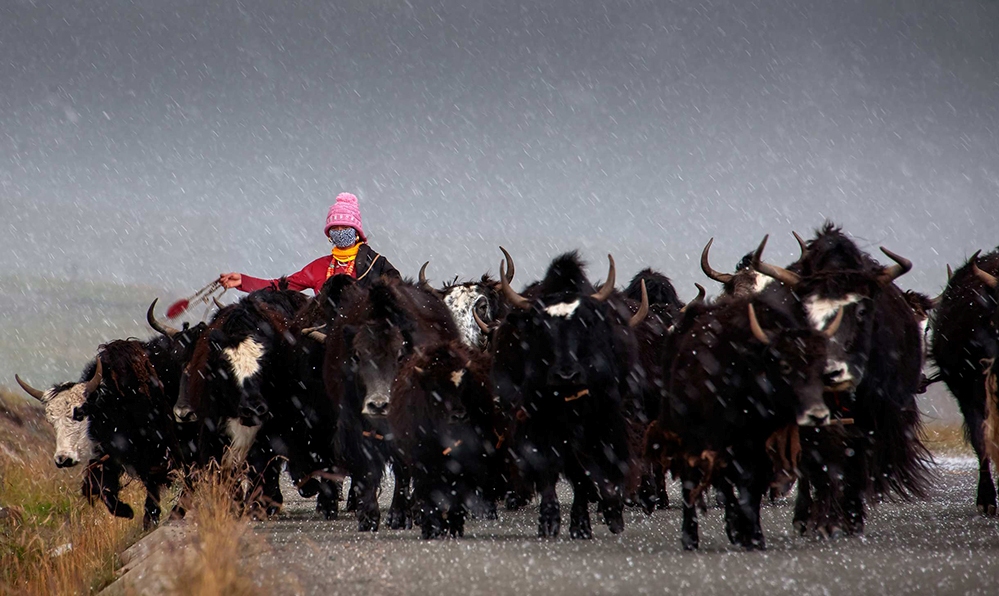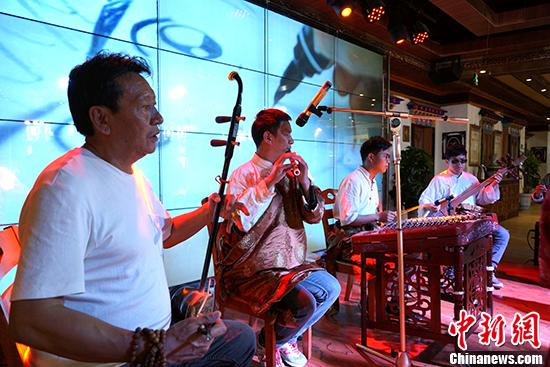Tibet compensates residents for damage caused by wild animals
Tibet Autonomous Region, a natural habitat for many species of wildlife in southwest China, has spent 730 million yuan (109 million U.S. dollars) to compensate residents for damage caused by wild animals, local forestry authorities said.
Thanks to the improved environment, the populations of wild animals on the plateau have grown, resulting in increased interactions with herders and farmers, according to Zongga, deputy director of the regional forestry department.
The regional government started piloting the compensation scheme in 2006 and expanded it to all areas in 2010. Most of the compensation was funded by the government, while the rest was provided by insurance companies.
The measure protects the interests of residents with an aim to prevent them from hurting the animals causing the damage such as bears, yaks, leopards, and sheep, Zongga said.
The populations of Tibetan antelopes and yaks, both protected species, have increased to some 200,000 and 10,000 respectively in the region.
Your Comment
Name E-mailRelated News
-
-

-
Historical Tibetan-language works to go digital
Ten Chinese higher-learning institutes have jointly launched a project to digitize historical Tibetan-language documents in Lhasa, capital of southwest China's Tibet Autonomous Region.
-
-
-

-
Tibetan commentary brings World Cup alive for Tibetan soccer fans
Tenzin Draje, a soccer fan in Lhasa, southwest China's Tibet Autonomous Region, is extremely excited to stay up late on Sunday night to watch the final of the 2018 World Cup.
-
-
-

-
Tibet trains over 300 Thangka painters
An academy in southwest China's Tibet Autonomous Region has trained more than 300 painters of Thangka, a traditional Tibetan Buddhist art form.
-
-
-
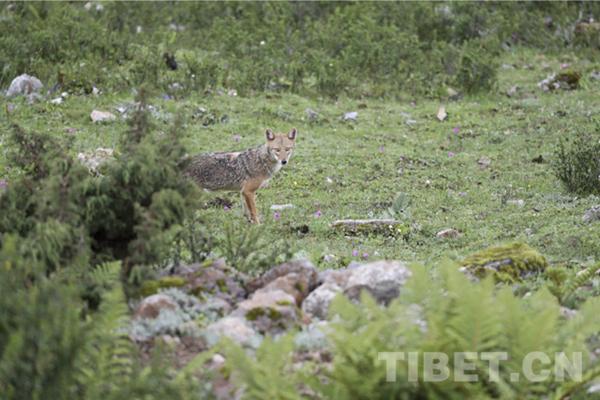
-
Asiatic jackal discovered in Tibet
The discovery of the Asiatic jackal is a new record for China, adding a new member to the Chinese canine family.
-
-
-
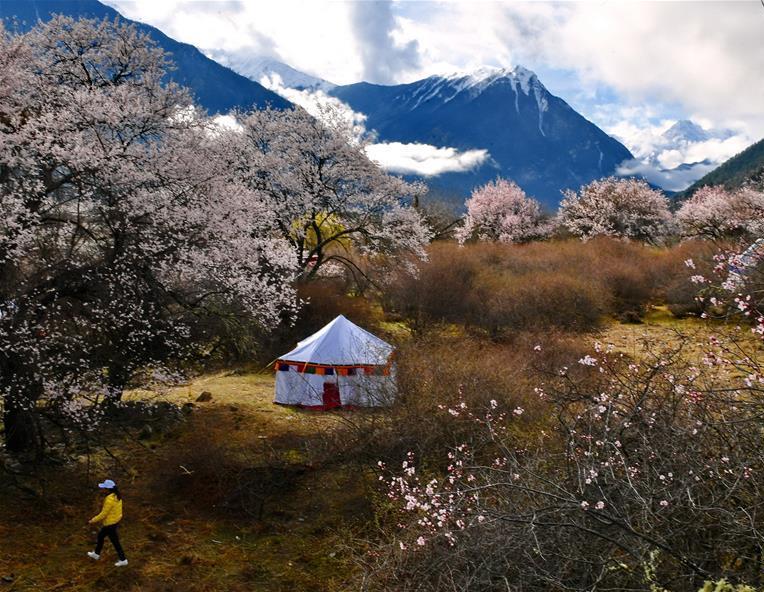
-
Remote sensing identifies permafrost risks on Qinghai-Tibet Plateau
Chinese scientists are using unmanned aerial vehicles (UAVs) and thermal infrared remote-sensing technology to monitor permafrost changes on the Qinghai-Tibet Plateau.
-


